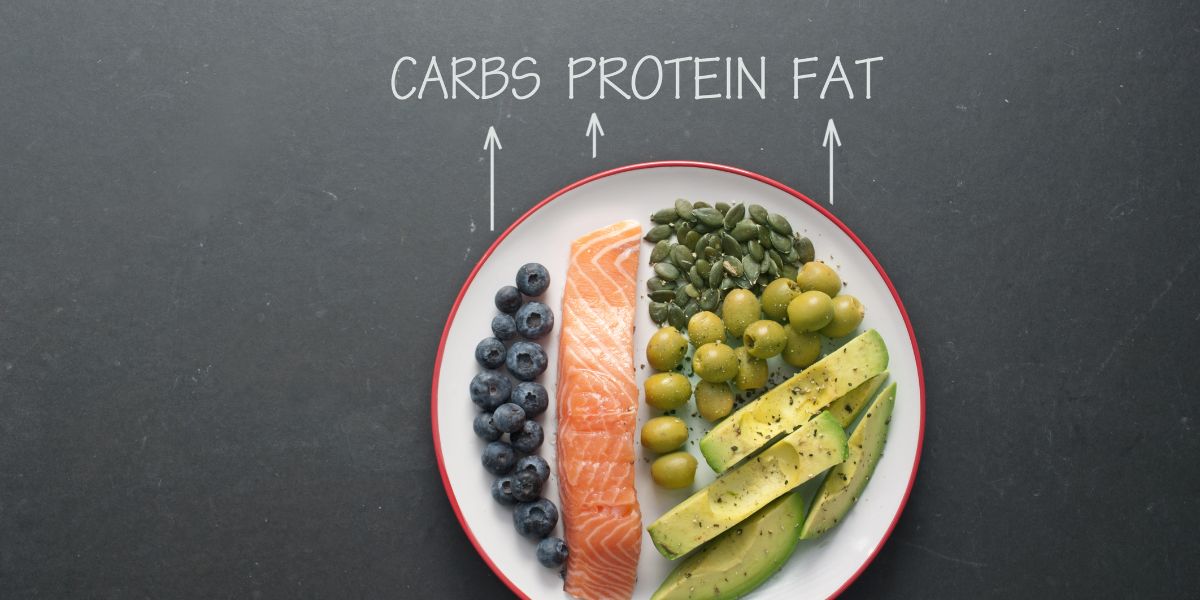Many people have questions about the ketogenic diet before they get started. So, we’ve compiled a list of answers to the frequently asked questions that people have.
What is keto-adaptation and what does it feel like?
The term keto-adaptation refers to your body’s transition from burning primarily glucose as fuel, to being able to also use ketones produced from burning body fat.
It will take a few days or weeks to feel your absolute best on keto. You may experience symptoms of carbohydrate withdrawal at first, but once you become fat-adapted, you’ll find that you won’t crave carbs as much anymore.
What is the “keto flu” and how can I avoid it?
Your body has always relied on glucose as its primary source of energy. Therefore, when you cut carbohydrates drastically, the body is essentially freaking out, until it eventually switches its metabolism to burning fat.
This period of adaptation causes the mild physical weakness or lack of energy typical of the flu. This state is temporary and the transition can be facilitated by a few preventive measures, such as keeping hydrated and having enough salt. Visit our keto side effects page to know more about effective ways to help circumvent the keto flu.
How long does it take to become keto-adapted?
Most research papers and anecdotal evidence you’ll come across state that keto-adaptation can last up to four weeks. The more determined you are to avoid carbs in the first weeks of a ketogenic diet, the quicker you’ll be over the hump on your keto-adaptation. You can also hasten it by engaging in any form of sustained physical activity which will force your body to tap into its fat stores.
What does being in a state of ketosis mean?
Being in a state of ketosis means that your body, more precisely your liver, is producing higher levels of ketone bodies to supply energy for your brain, heart and muscles. For that to happen, carbohydrates need to be sufficiently restricted and your protein intake capped at a certain level – which is explained in our protein and keto page. A state of ketosis can come and go through any day but with time you’ll learn how to stay ketotic for longer.
How can I tell if I am in ketosis?
There are a few telltale signs that you are in ketosis. If you wake up with a fruity, metallic taste in your mouth, also called keto breath, it is an indication that your body is effectively manufacturing ketones. You could also experience a certain mental sharpness when the body runs high on ketones.
For those looking to be more sure of whether ketosis is taking place, you can use home tests such as blood tests, urine tests or a breathalyser to test your level of ketosis
What may put me out of ketosis and how can I get back into it quickly?
It is easy to get out of ketosis. It will usually happen immediately after meals, even if they contain a small to medium amounts of carbs, and can last for up to a few hours. This is normal, your body will always choose to revert back to glucose if some is available.
We don’t recommend hacking ketosis with keto esters (essentially artificial ketones you ingest), as they are not fully clinically tested yet. However, there are a few things that can help promote a state of ketosis. These include incorporating periods of fasting or consuming certain types of fat that are very ketogenic, like MCTs.
You can visit our supplements on keto page to find out more about this..
Should I track my ketones levels? If yes, how?
Should I track my ketones levels? If yes, how?
There are a few ways that you can track your ketone levels, depending mainly on your budget. Urine ketone strips are the easiest to come by and they are relatively cheap, which enables you to test more often. However, they only give you an estimation of the range of your ketone levels. If you want to gain a bit more insights about how your body is handling your ketogenic diet, you may want to check out our guide to measuring ketones on a ketogenic diet
Will the diet help with weight loss and improve my sugar levels?
Two of the main benefits of the ketogenic diet is its effect in helping people to lose weight and lowering blood glucose levels.
If you take medication that can cause hypos, such as insulin, sulphonylureas or glinides, you will need to take care to avoid hypos occurring. Speak to your doctor who will be able to advise you on what precautions to take to reduce the risk of hypos occurring.
Do I need to count or restrict calories?
No, although there is a subset of ketogenic diets, known as a calorie-restricted ketogenic diet , which is specifically restricted in calories. If and when followed correctly though, a ketogenic diet can be eaten to satiety.
This is, in part, because the diet does not usually promote weight gain, as it lowers levels of the fat storage hormone insulin.
What does insulin load and glycemic index refer to?
Different foods will influence insulin levels differently, this is known as the insulin load of a food. The glycemic index (GI) tells you how slowly or quickly that food is likely to increase blood glucose levels. On a ketogenic diet, you’ll want to avoid high GI foods as they will not support ketosis. You can visit our page on which foods to eat on a ketogenic diet to learn more about this.
I’m physically active, can I still do a ketogenic diet?
Many people are concerned that a ketogenic diet might not be compatible with a high-energy lifestyle. Research actually suggests the opposite, in that ketones can improve performance.
However, you should reduce your workout intensity or not engage in anything that demands a ton of glucose while you try to get fat-adapted. You can read about this subject in our page about exercise on a ketogenic diet
Do I need to incorporate carbohydrate re-feed days?
Different types of ketogenic diets exist, some of them giving the flexibility to live a slightly more sane life with carb re-feed days. These can be helpful as an induction phase to a ketogenic diet, for active people who might need carbs around the time of their workout, or to accommodate social circumstances. You can visit our page on the types of ketogenic diets to decide which one is best or right for you.
What is the difference between a low-carbohydrate diet and a ketogenic diet?
Ketogenic diets are a slightly more extreme form of low carbohydrate diets. While up to 150 grams of carbohydrates a day may be regarded as low carb, entering a state of ketosis usually requires lowering carbohydrates to a level of under 50 grams a day. A ketogenic diet is also a lot higher in fat and lower in protein.
Can I practice intermittent fasting on keto?
Yes, you can. It is a very useful tool to boost ketone levels and fat burning. However, you should get keto-adapted first before attempting it.
If you are on diabetes medication that can cause hypos, it is important to check which precautions to take before adding intermittent fasting to a ketogenic diet.




